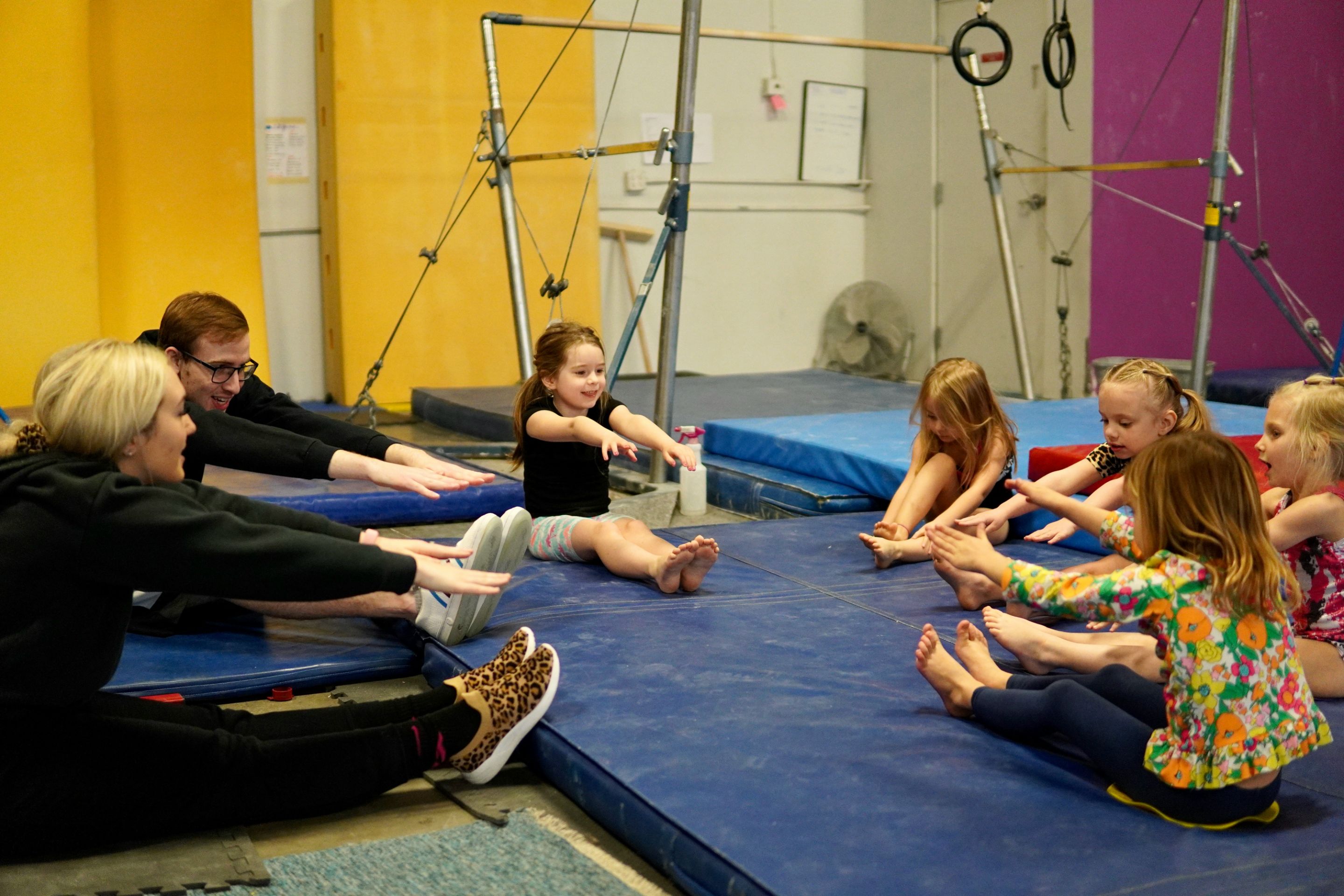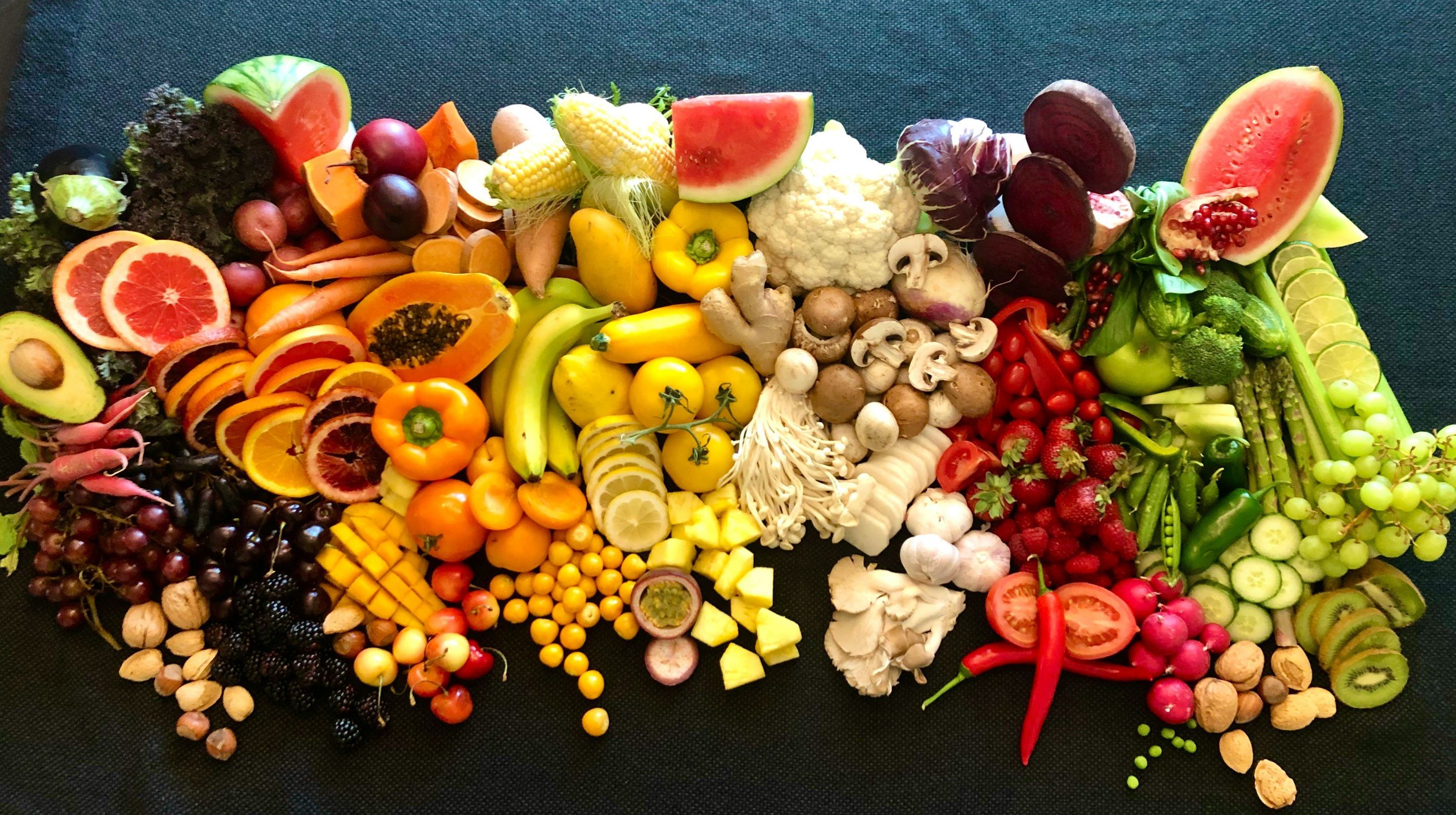 photo by https://unsplash.com/photos/a-group-of-people-sitting-on-mats-YIydUsQL3v0
The Correlation Between Healthy Nutrition and Physical Exercise in Children Aged 3–14
photo by https://unsplash.com/photos/a-group-of-people-sitting-on-mats-YIydUsQL3v0
The Correlation Between Healthy Nutrition and Physical Exercise in Children Aged 3–14
Healthy nutrition and physical exercise are two fundamental pillars of proper growth and development in children. Scientific research consistently confirms that these two factors are deeply interconnected, influencing not only physical health but also emotional and cognitive development.
- Growth and development: the biological foundation
During childhood, the body undergoes intense processes of growth — forming muscle mass, strengthening bones, and developing the nervous system. To support these processes, children need proteins, complex carbohydrates, healthy fats, vitamins, and minerals. Physical activity stimulates the release of growth hormone (GH) and supports the proper development of the musculoskeletal system.
- Nutrition as fuel for training
Children who participate in regular physical activities — whether in sports schools, clubs, or recreational play — require balanced nutrition to maintain energy and focus.
Carbohydrates provide the main energy source for exercise.
Proteins build and repair muscle tissue.
Fats supply long-term energy for endurance activities.
Vitamins and minerals (especially calcium, magnesium, iron, and vitamin D) are essential for muscles, nerves, and bone health.
- Scientific findings
According to studies from the American Academy of Pediatrics and the World Health Organization, children who maintain both an active lifestyle and a balanced diet demonstrate:
Better motor coordination and bone density;
Improved concentration and academic performance;
Reduced risk of obesity and metabolic disorders;
Greater self-esteem and social adaptability.
- Recommendations by age group
Ages 3–6: Focus on play-based movement — running, jumping, climbing. Meals should be light, colorful, and frequent, emphasizing fruits, dairy, and whole grains.
Ages 7–10: Introduce structured training (basic sports skills). Nutrition should include more protein (milk, eggs, fish) and complex carbohydrates (brown rice, oats, pasta).
Ages 11–14: Puberty brings rapid growth and higher energy needs. Ensure adequate calcium, iron, vitamin D, and hydration before and after training.
 photo by https://unsplash.com/photos/sliced-fruits-on-black-plate-a39QV_6-nXs
photo by https://unsplash.com/photos/sliced-fruits-on-black-plate-a39QV_6-nXs
Practical Examples Example 1: Daily Menu for an Active Child (Age 7–10)
Breakfast: Oatmeal with banana and honey + glass of milk Snack: Apple or a handful of nuts Lunch: Grilled chicken with brown rice and vegetables + yogurt Snack before training: Whole-grain toast with peanut butter Dinner: Vegetable soup + tuna salad with olive oil Hydration: 6–8 glasses of water daily (more during hot days or intensive training)
Nutritional goal: Maintain stable energy levels throughout the day, support muscle recovery, and prevent fatigue.
Example 2: Weekly Training Plan by Age Age Group Training Focus Frequency Duration Main Activities 3–6 years Basic motor skills through play 2–3 times/week 30–40 min Running, obstacle games, ball play 7–10 years Coordination and endurance 3 times/week 45–60 min Gymnastics, swimming, team sports 11–14 years Strength, speed, and discipline 4–5 times/week 60–75 min Athletics, basketball, dance, core workouts
Each training session should begin with a warm-up and end with stretching and hydration. Adequate sleep (8–10 hours) remains one of the key factors in muscle recovery and growth.
- The synergy that builds lifelong habits
When nutrition and exercise are balanced, a child not only grows physically stronger but also develops discipline, emotional stability, and healthy lifelong habits. Parents, teachers, and coaches play a crucial role in guiding children toward understanding that proper nutrition and movement go hand in hand — forming the foundation for long-term well-being and success.
Conclusion: Healthy eating and physical activity are not separate processes but interdependent systems that determine the overall development of a child. When children learn to fuel their bodies properly and move regularly, they build the foundations for a lifetime of health, confidence, and balance.
Literature and sources:
1.World Health Organization (WHO). Physical Activity and Young People: Global Recommendations on Physical Activity for Health. Geneva, 2020.
2.American Academy of Pediatrics (AAP). Nutrition and Physical Fitness for Children. Pediatrics, Vol. 145, 2020.
3.Janssen, I., & LeBlanc, A.G. (2010). Systematic Review of the Health Benefits of Physical Activity and Fitness in School-Aged Children and Youth. International Journal of Behavioral Nutrition and Physical Activity, 7(40).
4.UNICEF. The State of the World’s Children: Nutrition, Growth, and Development. New York, 2019.